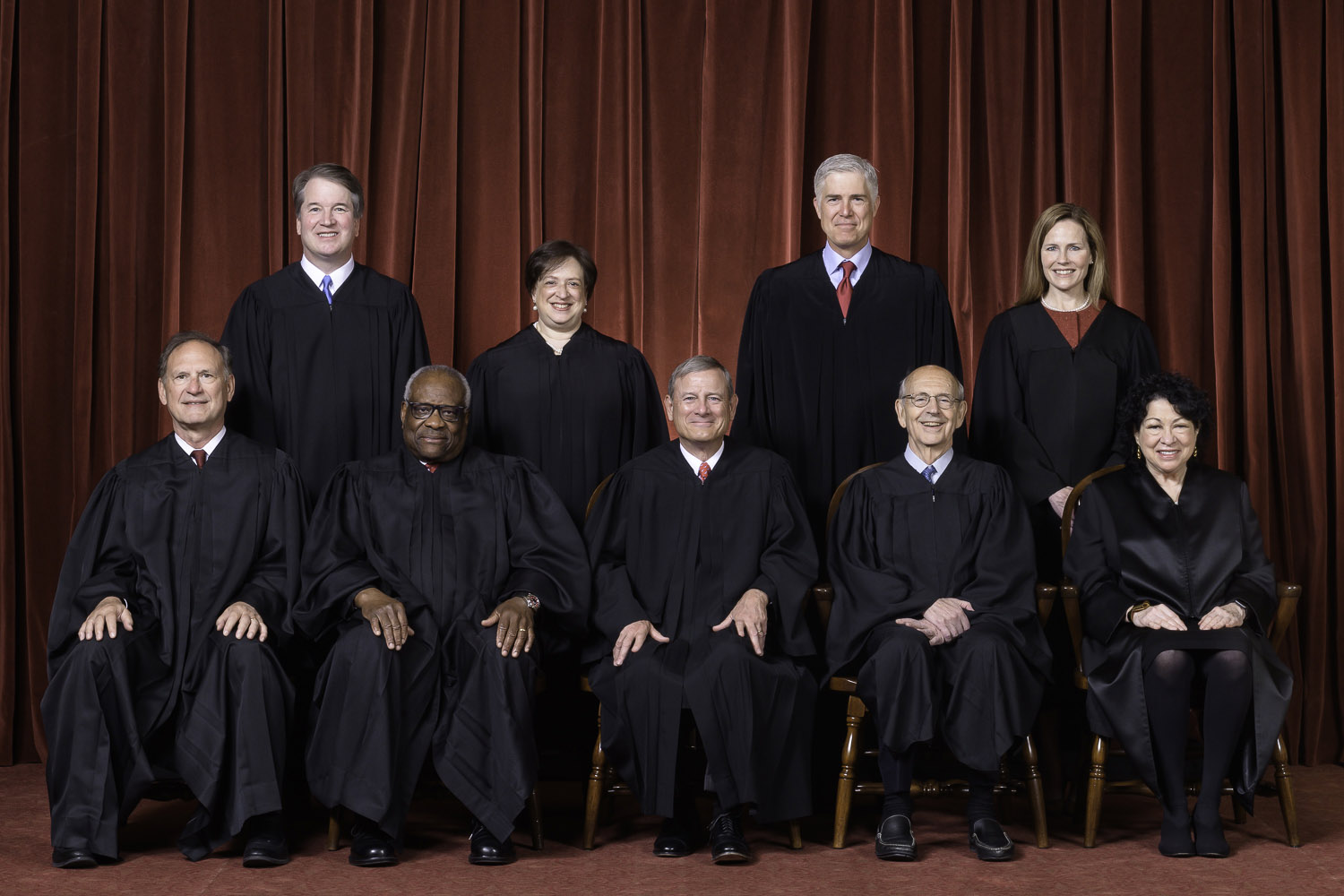The most important point to understand about the Supreme Court is that the Court's authority hinges on their power of judicial review, which was established through the case of Marbury v. Madison. Through judicial review, the Court has the power to review all actions of government and declare them as constitutional or not. They do this through interpreting the words of the 200 year old Constitution and applying it to present day situations.
In fact, the most surprising thing I learned was that there are a multitude of methods that Supreme Court Justices use to interpret the Constitution. With further research, I found that some of the ways the Justices interpret the Constitution are textualism, original meaning, judicial precedent, and pragmatism. Textualism interprets the document by focusing on the wording of the text as it would be understood at the time it was ratified; original meaning focuses on the meaning of the Constitution as it would be understood when it was written; judicial precedent involves using prior Supreme Court decisions to answer contitutional questions; and pragmatism considers the current societal context and the potential consequences of one Constitutional interpretation versus another.
Finally, the video changed the way I thought of the Supreme Court by providing context on how the Court operates. The Court has specific methods of operation that result in decisions that are explained to the public in the form of the judicial opinions. As Justice Breyer said in the video, "there is no inside story [about how the Court works], it's people simply thinking [there is]."


No comments:
Post a Comment